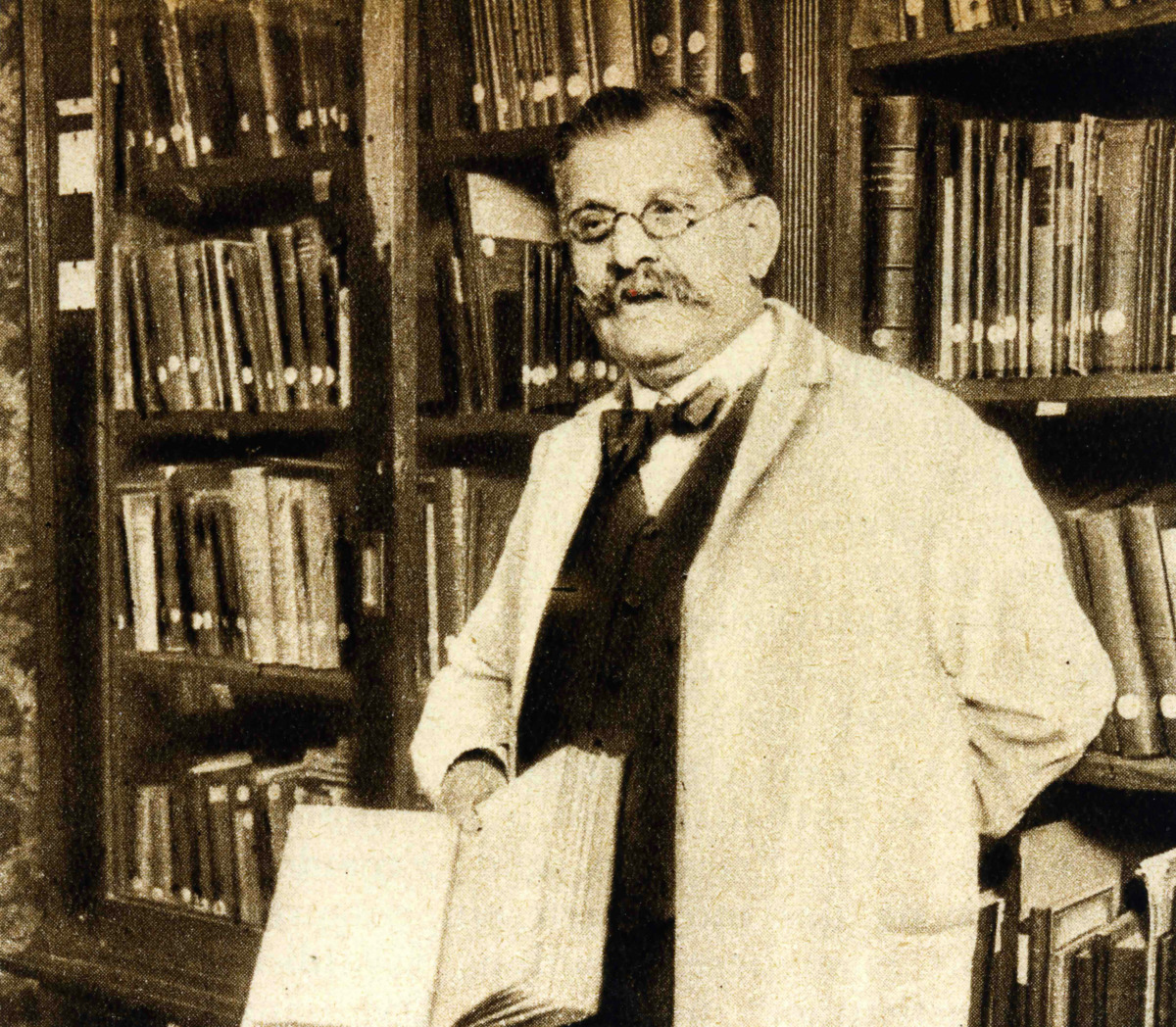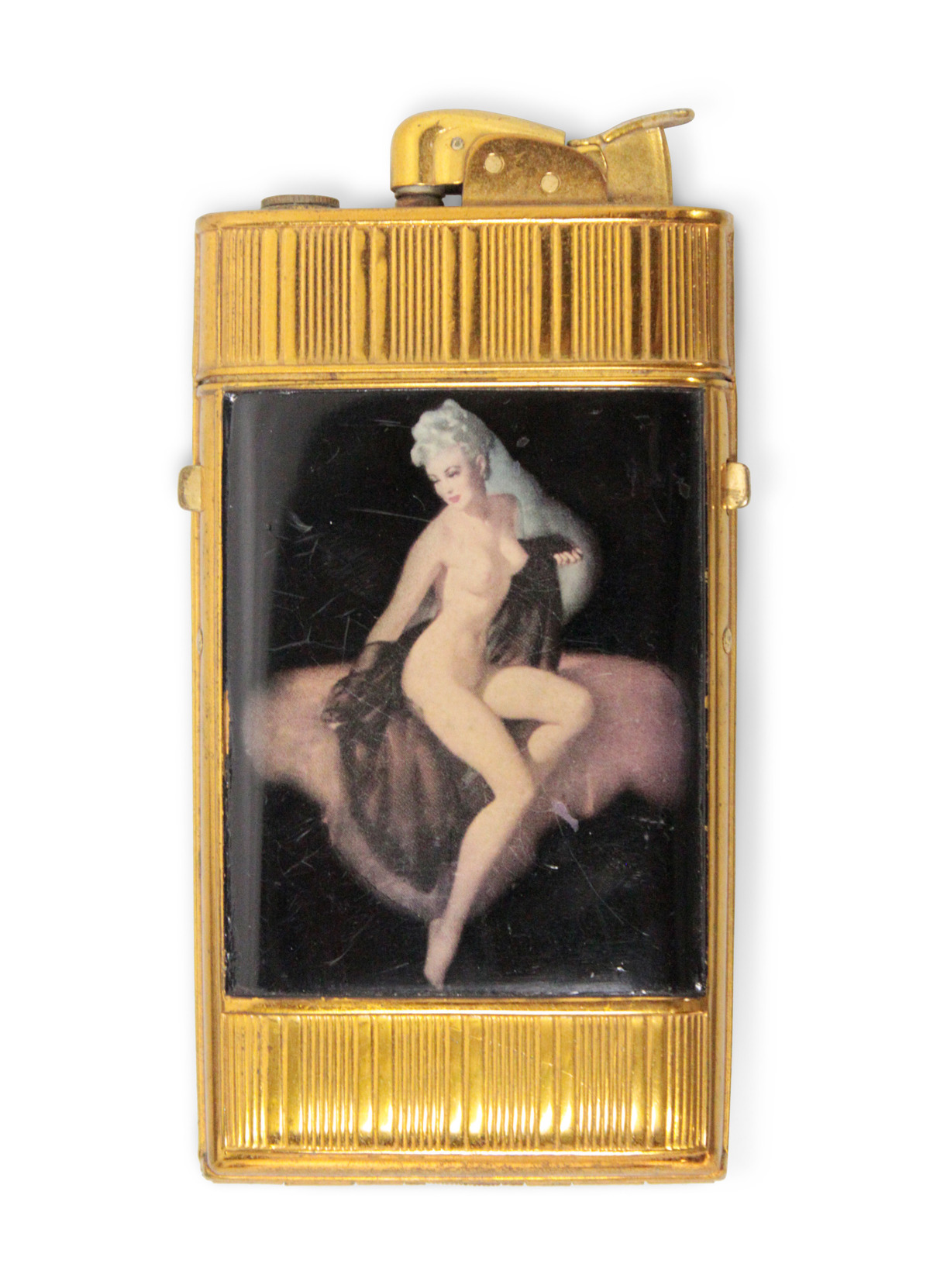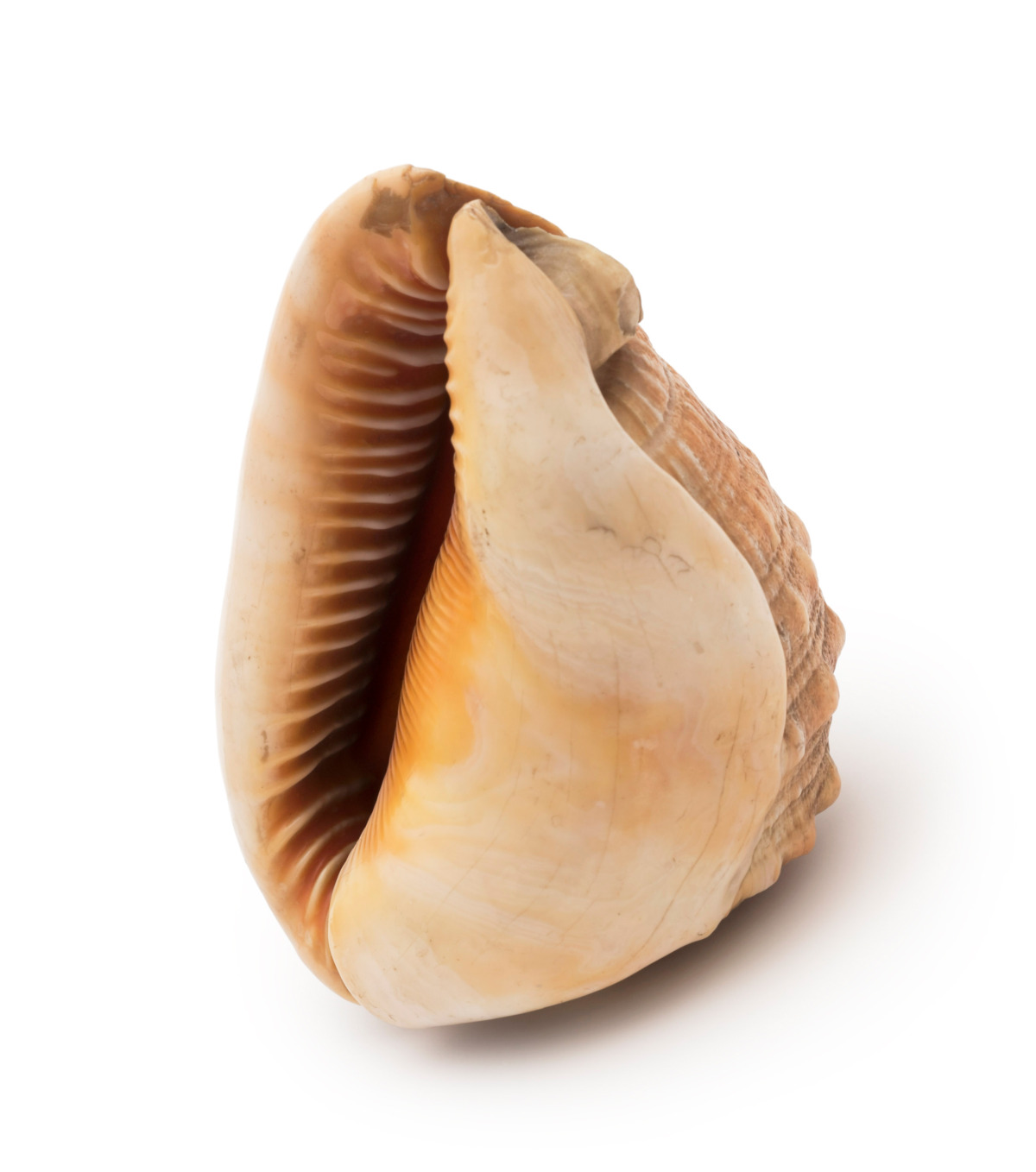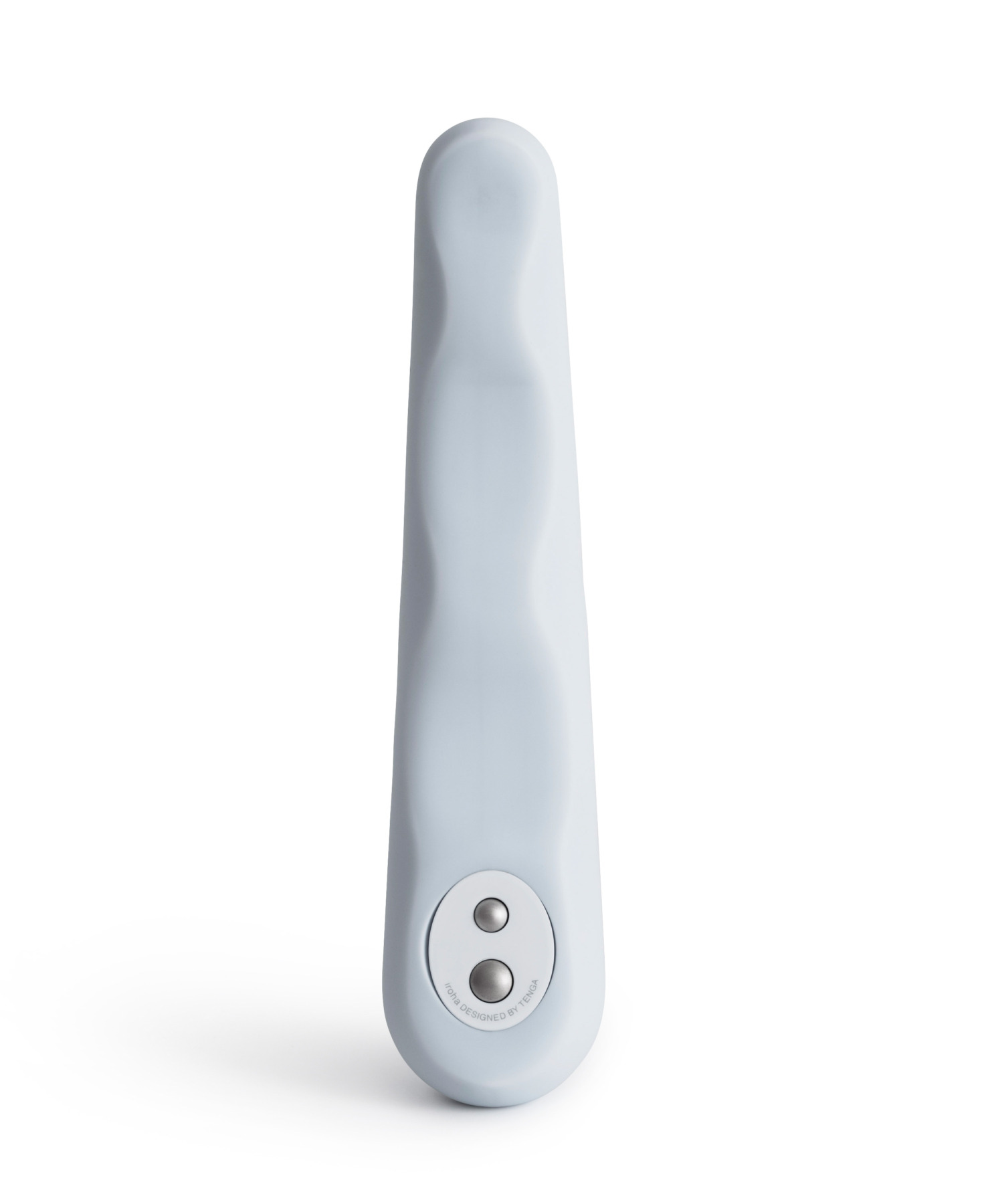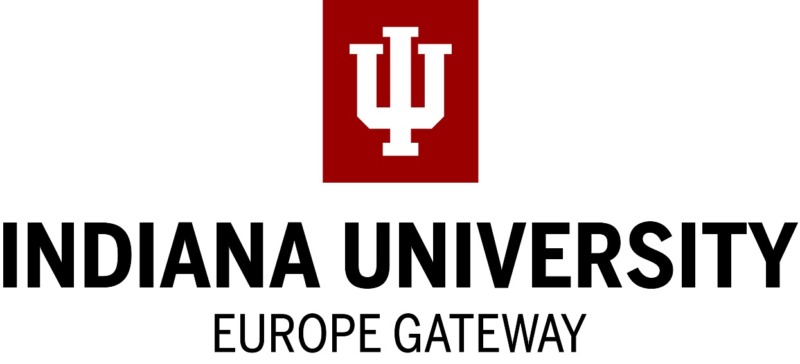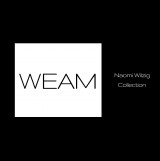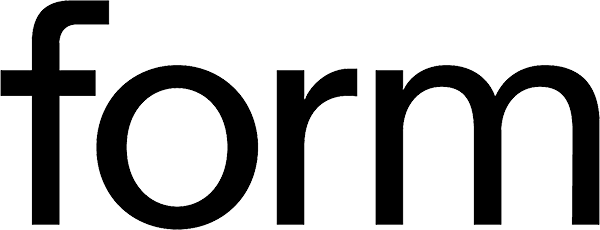What makes things erotic? Is it the explicit depiction of naked bodies and sexual practices? Or is it the implicitly suggestive form, color, and materiality of things themselves?
Some things are designated for erotic use from the beginning, others only get eroticized retrospectively.
While nudes have entered many living rooms as replicas of respectable works in the art-historical canon, erotica has often gotten censored, tabooed, and banned. The distinction between eroticism, art, and pornography has always been in constant flux and continues to sway people’s perception and categorization of sexually charged things.
This exhibition builds upon the collections of sexologists Magnus Hirschfeld (1868–1935) and Alfred C. Kinsey (1894–1956) and art collector Naomi Wilzig (1934–2015). All three collectors considered erotic things documents toward a universal human sexual history. In addition to the case studies, interviews, and statistical observations Hirschfeld and Kinsey carried out, collecting, sorting, and classifying erotic objects formed a cornerstone of their scientific work on sexuality. Naomi Wilzig was issue-driven and saw her collection as a contribution to sexual enlightenment and liberalization.
This exhibition doesn’t replicate each collector’s classification system, it arranges a selection of everyday objects from the collections according to a new set of criteria: agents of love, tools of pleasure, bodies to use and erotica are the key terms. The given object types are complemented with items from the museum’s holdings or on loan from elsewhere.
This show treats the eroticization of things as a cultural practice and attempts to ascertain what gives them their erotic quality. The shape of things, their similarity to the body or its parts and resulting fantasies of touching them are decisive factors in the erotic effects things have, be they natural or man-made. Deliberately or not, the design of everyday objects regularly draws on primary and secondary gender markers. The tactile promise held by certain materials—among them leather, silk, fur, lacquer, latex, nylon, and metal—seems to be a particularly attractive force. What makes these materials so desirable? In the interactive »sensing materials lab«, which will grow during the exhibition, visitors can try to find out.
Sexology and psychoanalysis labeled the eroticization of things and fixation on certain objects as fetishism and pathologized that phenomenon for a long time. By contrast, Hirschfeld affectionately referred to erotic things as “agents of love.” Now a whole industry manufactures these things, euphemistically called toys.
The exhibition The Eroticism of Things shows all kinds of different erotic relationships people can enter into with things and treats the eroticization of things as a cultural practice that can play out either implicitly or explicitly, in the imagination or in deed, alone or between two or more people. Certain objects can kindle desire and lust, provoke erotic fantasies, and become tools of pleasure, as artworks by Stephanie Sarley and Marc Martin also show.
The Eroticism of Things is a joint exhibition by the Research Center for the Cultural History of Sexuality at Humboldt University, Berlin and the Werkbundarchiv – Museum der Dinge in honor of Magnus Hirschfeld’s 150th birthday in cooperation with the Kinsey Institute and the World Erotic Art Museum. It is the first show in a series of cooperative research and exhibition projects the research center has planned with the World Erotic Art Museum collection established by Naomi Wilzig.
„sensing materials lab“ is a joint project by the department for experimental material research at weißensee kunsthochschule berlin and the Stiftung Bauhaus Dessau. The lab is part of the interdisciplinary research project „smart materials satellites.“
